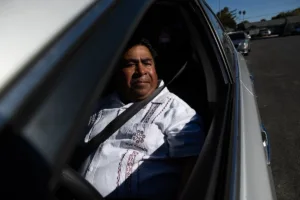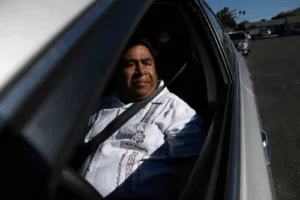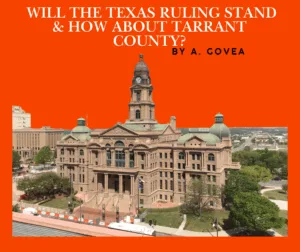By Nisie

In August 1965, Lyndon B. Johnson signed the Voting Rights Act, rightfully becoming one of the most essential cornerstones of American government. Before the act was signed into law, Americans did not enjoy the luxury of voting without fear of retribution from employers, paying poll taxes, or completing literacy tests. The law would immediately decrease racial discrimination at the polls, and by the end of 1965, there were over 250,000 newly registered black voters. This new wave of voters would also increase political involvement, bringing about a new Democratic party in the south that leaned more left, changing the face of the Democratic party and the Republican party in the same turn. While the two-party system stayed unchanged, the values of the two separate parties became what we know them today.
There have been many attempts to weaken the protections of the Voting Rights Act. In the 2013 case, Shelby v. Holder, the Supreme Court ruled against extending what is known as the Preclearance provision. This was crucial to hold jurisdictions with a history of racial discrimination to a standard that did not allow for new rules that could hurt minority communities. Without the preclearance requirements, the VRA would lack a crucial organ, leaving the remaining voting body to suffer the consequences. Within hours of the Supreme Court voting against extending the preclearance provision, Texas announced Senate Bill 14, its restrictive voter ID law. The dominoes would continue to fall.
In 2025, a new fight to hold together the integrity of the VRA has begun, and both Democratic and Republican Texas legislatures have thrown their hat into the ring. However, this fight may need to go by the old 15-round standard because Democrats have shown they will not go down easily. President Trump put Texas center stage in August when he said the Lone Star State would be crucial in securing a Republican-controlled U.S. House of Representatives through redistricting. This mid-decade redistricting plan would cut District 33 out of Tarrant County, represented by U.S. Rep. Marc Veasey, D-Fort Worth. Cutting District 33 out of Tarrant County would effectively cut out the votes of Latino and black voters. TheRepublican-led Texas House redistricting committee set House Bill 4 to be voted on by the 150-member Texas House, but that is not what happened. Instead, Democrats decided to break the quorum and leave the special session. Rep. Ramon Romero Jr., D-Fort Worth, chairman of the Mexican American Legislative Caucus, made a solid stance against the redistricting effort: “We know that this map is an all-out assault on the value of our vote,” he asserted. “It’s atrocious what these maps will do to Latino and Black communities around the state. It must be stopped.”
But the fight continues. Last Friday, Gov. Greg Abbott signed Texas’ new congressional map into law. Celebrating his victory on social media, Abbott isn’t shy about his intentions: ” Now more red in the United States Congress.”
60 years later the legacy of the voting rights act hangs in the balance between right and wrong. Will legislatures spit in the face of that legacy? Maybe in 60 years we will know that answer.





